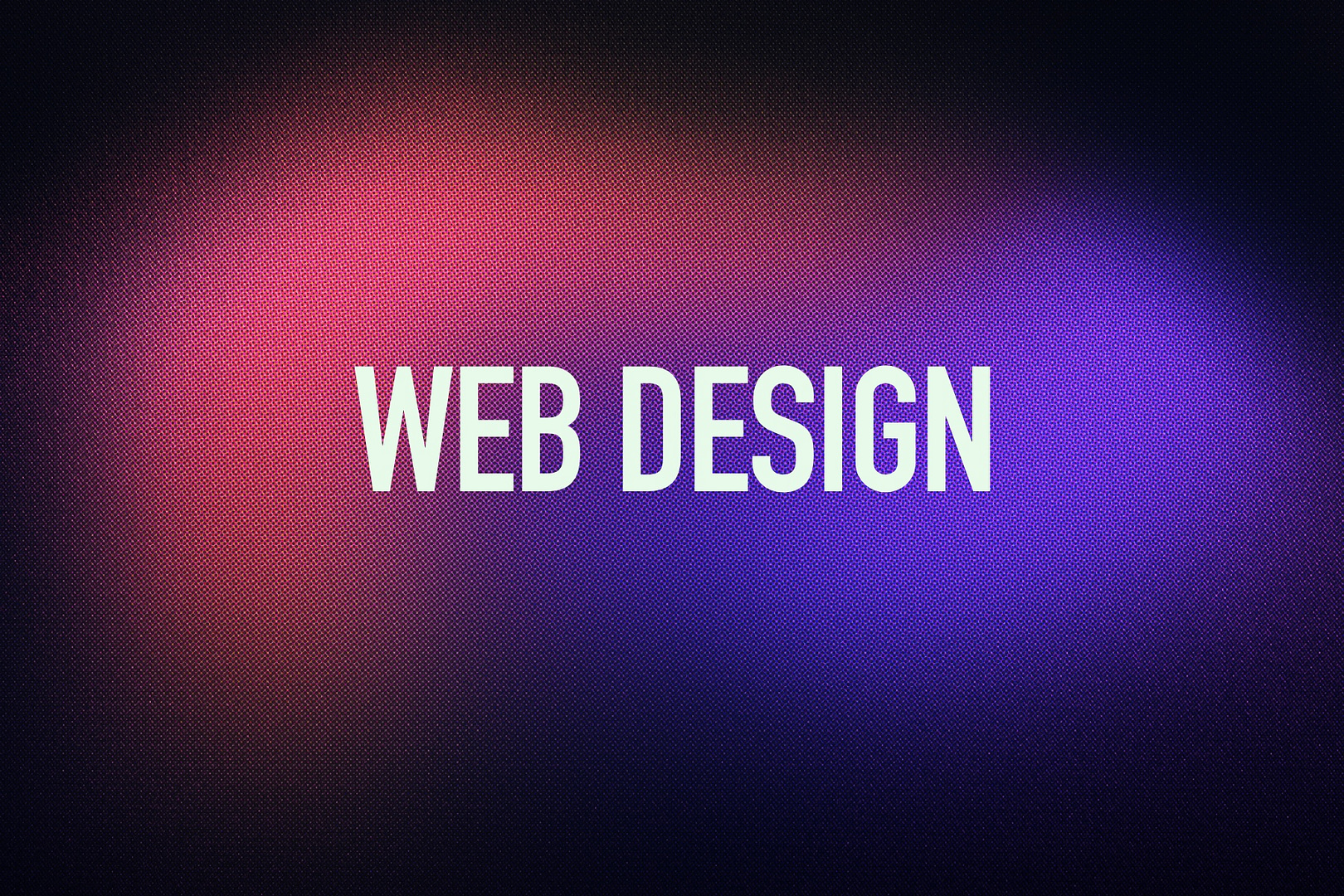The Internet has been in recent years with a tremendous overload of ideas and content that has not overlooked design, leading it to develop a simpler style. People are overexposed to thousands of alternatives, and this has allowed the concept of simplicity to stand out as elegant, refined, and enviable.
In web design, the concept of simplicity has become fashionable. People spend more time interacting with online devices, so they increasingly want a psychologically comfortable, simple, and intuitive experience when browsing a website. Never before has simplicity been as popular as it is today.
Defining a simple web design
A simple web design relies heavily on psychological compression. Designers and developers who understand a user’s motivations, digital competence, and thought processes can create a web design that feels familiar, user-friendly, and inspiring.
Elements of a simple web design
A simple web design is not boring, or unattractive. It brings out the best parts of a website and condenses them into a powerful and optimized format. Whether through an e-commerce site or an informational blog, simplicity of design represents rigor, beauty, and understanding.
Some of the most important design considerations used to develop simplicity include:
Simplification of user navigation
Every website exists to get some kind of response or action from readers. Understanding the visitor’s, or customer’s, journey of the site serves as the foundation for each element of the design. The first goal of creating the website is to minimize or simplify the elements in each conversion as possible.
Back-end optimization
What appears in the user interface is important, but what happens behind the scenes affects all aspects of the user experience. Well-executed coding affects SEO, site loading speed, navigation and usability, and the accuracy of any software plugin.
Structural development
The navigation hierarchy and layout of each page will contribute to a site visitor’s first impressions. The key to a simple layout is finding the right layout with the right navigation styles, fonts, content, and interactions.
A note on minimalism and simplicity
Some people mistakenly equate simplicity with minimalism. In reality, minimalism is always simple, but simple design is not always minimal. Minimalism encourages designers to choose some elements of that design and then emphasize it. Simple web design refers to the ability of a website to create an optimized and engaging user experience.
Attention to detail
The part of a photo used in design, the texture of an icon, and the contrast of font sizes affect the finished product. Para que un sitio logre un diseño exitoso no deben quedar detalles por resolver una vez terminado el sitio.
Interface memory
A simple web design is memorable, after a visit to the site the user will remember the form and functions of each content. Interface recovery is particularly important for sites that offer services.
In short, simple websites offer familiarity and intuition. They create a recognizable platform that brands can use to interact with their visitors and customers and add increasing levels of creativity and innovation. Any brand can create a simple website that is effective.







